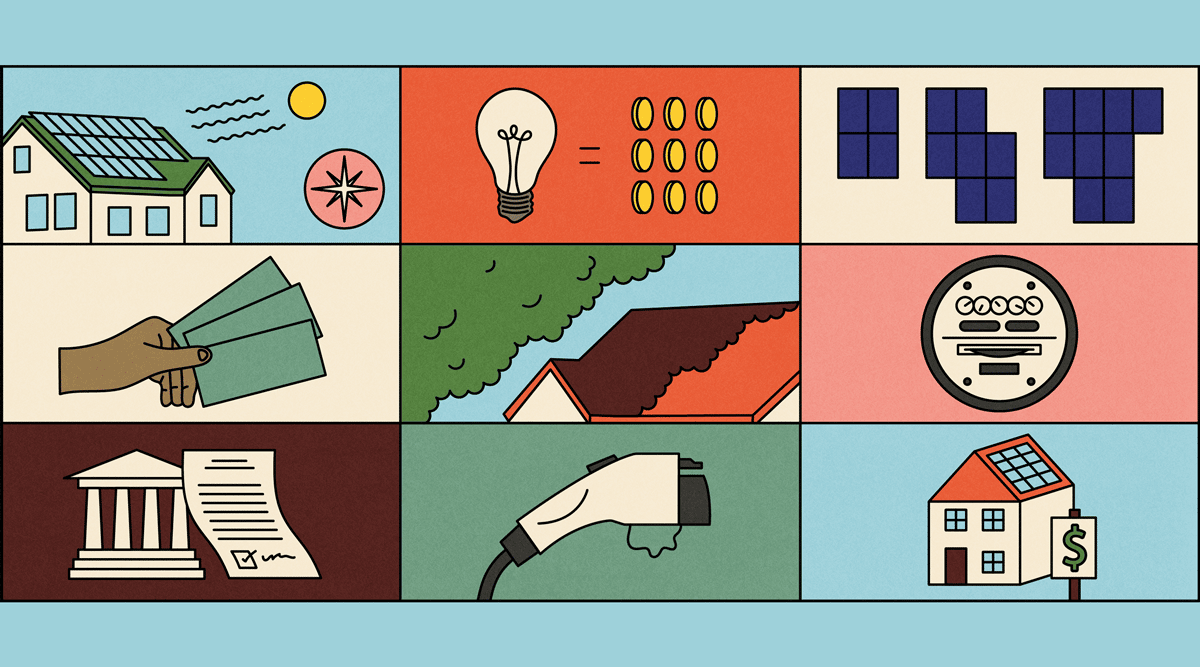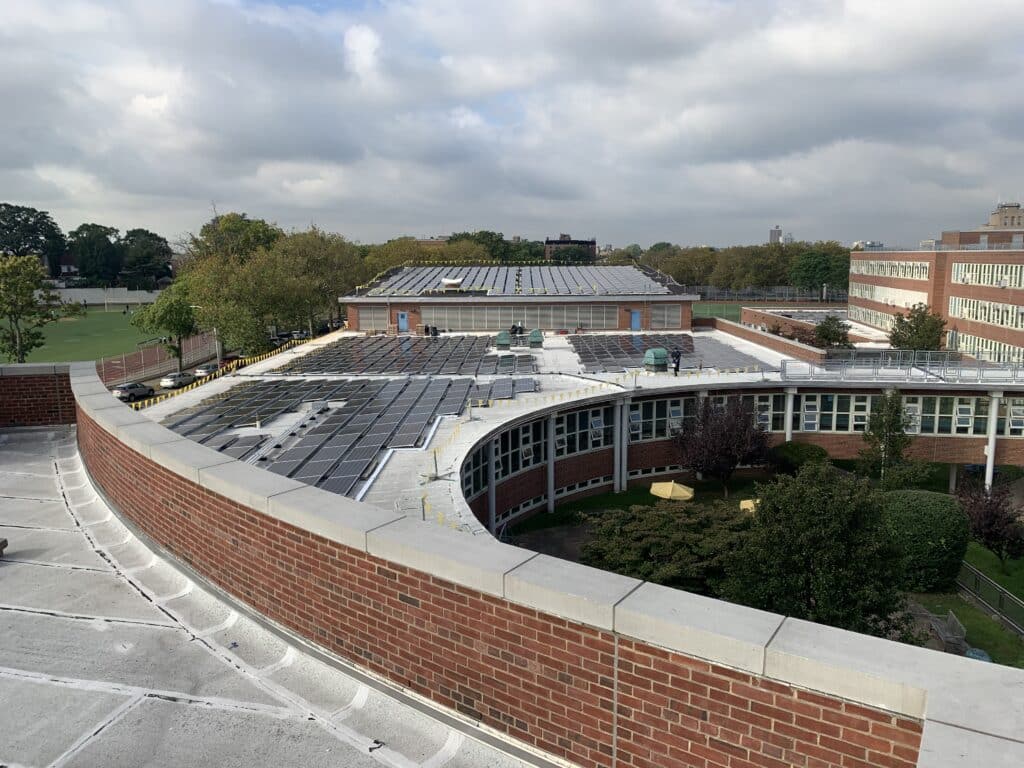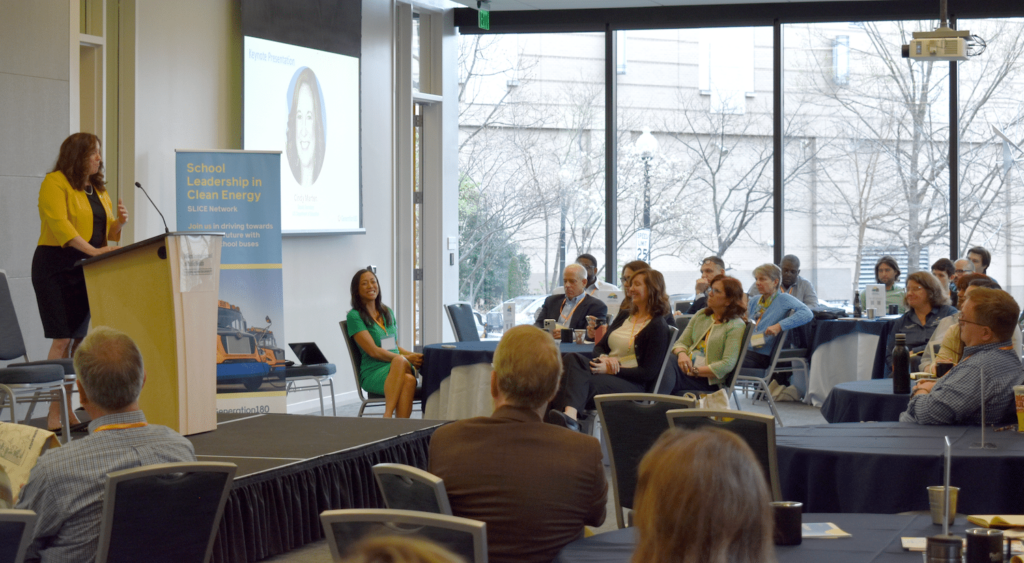Since we got solar on our home almost three years ago, we’ve had dozens of conversations with others asking me all sorts of questions about it. How does it work? What does it cost? How long do the panels last? What about clouds? And one of the most common: “When should I go solar?” We’ve hit on the basics of rooftop solar before but didn’t get too far into the details.
I recently wrote an article titled When should I buy an EV? that has become popular among our readers. So I figured a lot of people likely have the same question when it comes to solar.
Solar tends to feel a bit more of a technical endeavor than electric vehicles, and frankly, that’s because some of the specifics are. I’ll be diving into some of the reasons solar works or doesn’t work for some households, but know this: most solar installers will do all this work for you. While it can be helpful to know some of the ins and outs of why a solar company is making decisions, you don’t necessarily have to get bogged down in the details if you don’t want to.
The easiest way to start? Grab a few free quotes from EnergySage within minutes, or keep reading to see exactly when solar makes sense for you. You can also check out Google’s Project Sunroof to get a savings estimate and find out solar works for your home.
Practicality—Is Solar Practical for My Home?
Roof direction
Solar panels work best when installed on a south-facing roof. Type in your address to Google Maps for an easy way to get a general idea of the direction of the slopes of your roof. A south-facing roof ensures that your solar panels are getting the most amount of sunlight for the day as possible. Project Sunroof may also be able to give you an immediate idea of the solar potential of your home.
Just because your roof isn’t facing the perfect direction doesn’t mean solar is out of the question. Personally, I have solar panels on the back and front of my roof, which faces southwest and northeast respectively, and solar still absolutely makes sense for us.
Shade
Depending on your situation, shade may be a deterrent to getting solar. If you have large trees that cover a significant portion of your roof with shade, then it could drastically reduce the available area where solar panels could be installed
If you have a large tree that you love on your property that covers your roof, all is not lost.
- Trim: You may not need to completely cut down a tree that is shading your roof. Especially if your roof is only partially shaded, selective trimming can open up your roof in just the right amount to get enough sunlight.
- Half-cut solar panels. Half-cut solar panels are a type of panel that works better in shaded areas. In short, it works by doubling the number of cells on a panel. They are more expensive, so your payback period may increase—but don’t write it off until you see the final numbers.

Size
Aside from asking about the cost, most people ask me “How many panels do you need?” This is all dependent on the household. A good solar installer will recommend getting only as large of a system as you know you’ll use. There is no real benefit to getting a system that produces more energy than you need over the course of the year.
You can find determine your required system size by looking at your electricity bills. Find the section on your bill that says exactly how many KiloWatt Hours (kWh) you used—that’s how much electricity your home needed. Ideally, a solar installer will want to see how much you used through a 12-month period.
Example: My house uses around 8,200 watt-hours of electricity per year (this includes charging our electric car). So my solar system is an 8.2kWh system.
Panels for residential homes range from 250W-435W in efficiency—the more powerful solar panels tend to cost more. If you have plenty of space for panels (such as a large roof or field to install a ground mount) then lower-efficiency panels could make more sense for you. If you have more limited space or higher than average electricity bills, then higher efficiency panels may be required.
The solar installer will calculate exactly how many panels you’ll need to produce enough electricity, but the math entails a combination of not only panel wattage rating, but also the “solar insolation” — how many hours of sun will hit the panels in a year. The Department of Energy offers a free calculator that can give you a good idea of your total roof capacity.
Getting more than one quote from different installers allows you to ensure you’re getting the right-sized system.
Lifespan
A solar panel’s “useful lifespan” is generally considered to be 25-30 years. However, because there are no moving parts to a solar panel, they often far outlive their warranties. In fact, the world’s first modern solar panel still works, even 60 years later!
Even after a panel’s “useful life” is over, that doesn’t mean the panel is worthless or doesn’t produce any energy. There is a general rule of thumb for solar panel warranties on how much electricity they are guaranteed to produce: You can expect a minimum of 90% of their original production output at 10 years and 80% at 25 years. Technology is improving more and more every year, and some newer panels are guaranteeing a whopping 92% of original efficiency even at 25-years-old!
This is a rule of thumb, so you should confirm with your installer the warranty of the panels you’ll use.
Bonus: Energy Efficiency
Whenever I talk to someone about getting solar panels, I always start with home energy efficiency first. The best “bang for the buck” when it comes to saving on energy costs is to first ensure your home is as efficient as possible with how it uses electricity first, and then to get solar panels to match that new efficiency.
Attic and crawlspace insulation, modern double–pane windows, properly fitting doors, and energy-efficient appliances and light fixtures are some of the best ways to reduce costs and energy use. Once you’ve ensured your home is as energy efficient as possible, then it’s time to get a solar quote.
Cost:
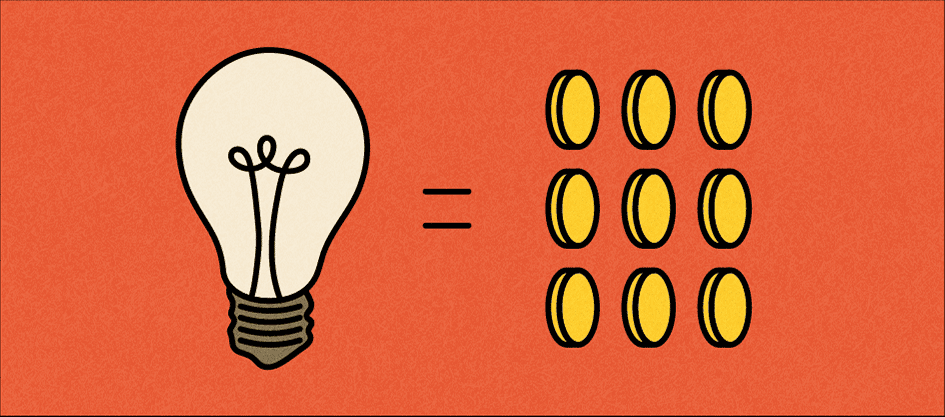
Cost Per Watt
This is the biggest question: how much does it cost? Like with all answers, it depends. The average cost for a solar system to be installed on a home is between $18,000 and $20,000—here’s the kicker, that’s before tax incentives, which can dramatically reduce the cost of your overall system (which we’ll get into next).
When comparing quotes, the main number to pay attention to is the cost per watt. That’s how much money you’ll pay per watt of energy your system will generate.
Another Example:
Solar Company A gives you a quote of $18,000 for a 5.1kWh system — meaning you’re paying $3.53 per watt (18,000/5,100=3.529)
Solar Company B gives you a quote of $20,000 for a 7.2kWh system — meaning you’re paying $2.78 per watt (20,000/7,200=2.777).
Solar Company B is giving you a much better cost per watt than Solar Company A. Just be sure the size of your system matches the needs of your home.
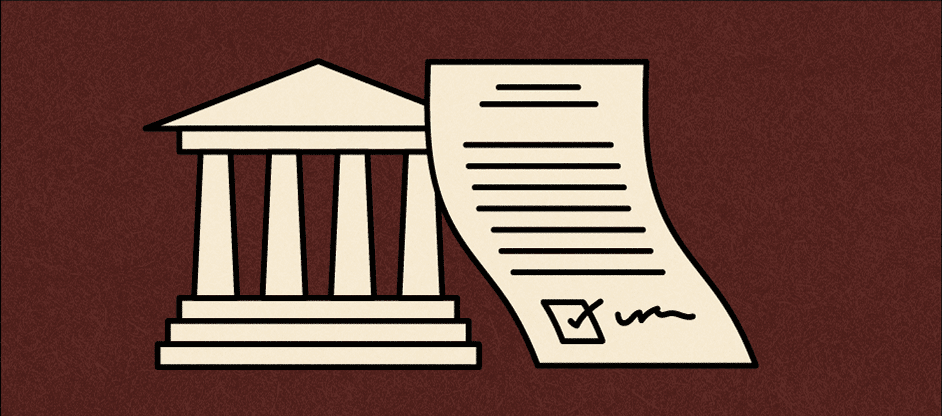
Incentives
There is a federal tax credit for installing a residential solar system equal to 26% of the total cost. In the above scenario, this means that $20,000 effectively only costs $14,800—a savings of $5,200 (which brings that cost per watt down to $2.05).
This federal incentive has been slowly reduced over the years (in 2019 it was 30%) and will go down to 22% in 2023. As of now, this credit expires completely at the end of 2023 and is not set to renew unless Congress acts. So if you’re interested in solar, it could make sense to take advantage of these large federal incentives sooner rather than later.
[The federal tax credit] expires completely at the end of 2023…So if you’re interested in solar, it could make sense to take advantage of these large federal incentives sooner rather than later.
Many states and localities also offer various solar incentives. Some of these manifest as cash rebates, tax credits or deductions, or property tax abatements to reduce your overall financial obligations. Check out DSIRE for a comprehensive list of all the state and local incentives for solar.

Payment
Paying outright cash for your solar system usually means the installer will provide a slight discount on the overall cost. Many homebuyers, however (myself included) will get a loan. This can be done privately or through the installer who finances via third-party financing.
Usually, solar loans require a downpayment that is equal to the amount of the tax credit. This downpayment is often deferred 12-18 months from the time your system is installed. Many times your monthly payment is also deferred until that first downpayment comes due. This is to give time for you to file your taxes and receive the tax credit.
Another example: You got a loan for a $20,000 solar system that was installed in January of 2022. You would pay no money on your loan until June of 2023. Then the downpayment of $5,200 would be due (you should have received this amount extra back in taxes by now) and your monthly payments begin.
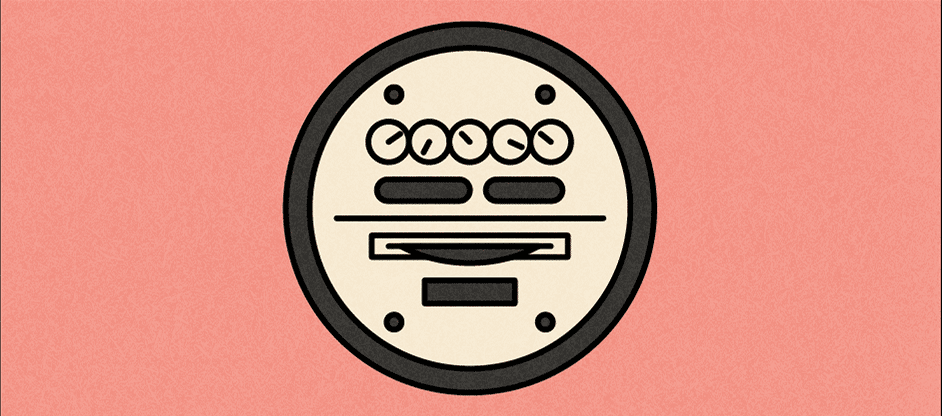
Net Metering
One of the most important pieces of residential solar is the term “net metering.” This is a blanket term for a number of different policies that allow energy customers (you) to get a credit for excess electricity that you produce. Chances are, you’ll be producing more energy than you’re using during the day, and using more than you’re producing during the night.
The same goes for the season. On average, your system will produce more electricity than you need during the spring, summer, and fall months, and you’ll likely use more energy than you produce during the winter.
In short, net metering is a vital component of a successful solar system. Without it, it’s unlikely that solar makes sense for the vast majority of people.
The tricky thing about net metering is that it is not standard. It varies not only state-by-state, but also utility-by-utility. Solar Reviews does a great job of grading states based on their specific and nuanced net metering policies.
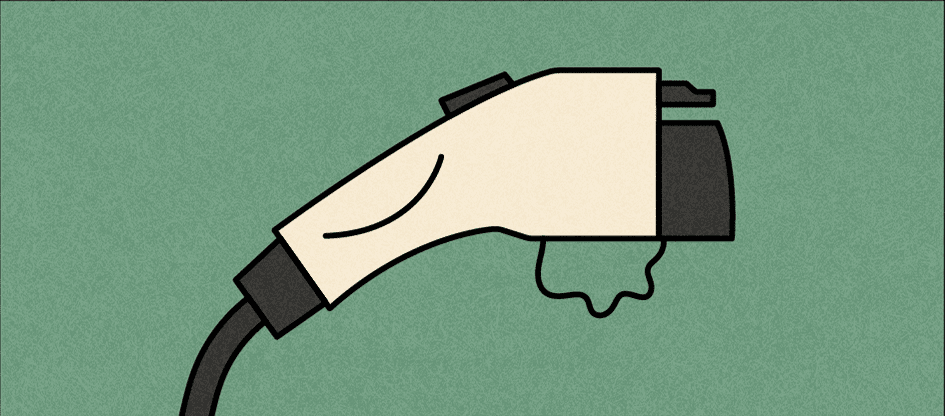
Bonus: EV charger
Some solar installers offer the ability to install an electric vehicle charger in your home, at the time of installation of your solar system. Especially if you have or are looking to purchase an electric car in the future, this can amount to thousands of dollars saved. Because electricians are already running power lines through your house, they save lots of time by running both lines for your solar and your EV charger during the same trip. In turn, this shaves hundreds or even thousands of dollars of the cost.
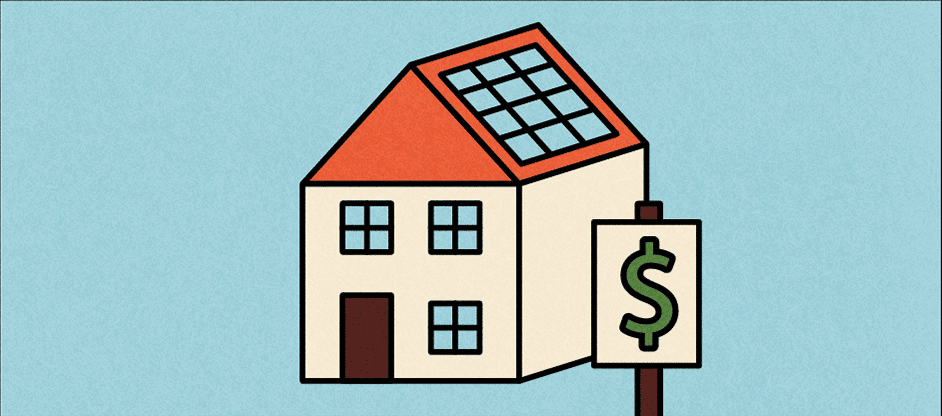
Getting a Quote
With the explosion in the popularity of solar in part due to the sharp reduction in costs, it’s easier than ever to find a solar installer near you. I highly recommend getting more than one quote. Similar to many large purchases such as a car, I would also recommend negotiating with the installer to get the best possible price.
The easiest way to get a handful of quotes is to go through EnergySage — a free service that allows you to get competing solar quotes without ever having to actually talk to a salesperson. However, their marketplace only shows installers that have signed up with them. It’s a quick and easy way to get a handful of quotes, but do some research into local installers near you that may not be a part of EnergySage’s marketplace.
An excellent way to leverage buying power is to join a solar co-op (which is what I did) through Solar United Neighbors. This allows multiple families in a town to pool together and request a quote as a group. Oftentimes solar installers will offer significant bulk discounts if it means they can sign on multiple homes in a short period of time.
The final calculation
While there are a lot of things to think about during the process of going solar, in the end, one final equation can help determine if it makes sense for you.
Go on your electric utility’s website and add all of your electric bills up from the past 12 months to get a full year’s worth of electricity costs.
Divide that number by twelve (12 months in a year) to get your average electrical bill payment. Assuming your potential solar system covers all of your electricity for the year, if your proposed loan payment is equal to or less than the total electrical payment, then get solar!
Proposed Solar Loan Payment ≤ Average monthly bill
This little calculation is the easiest way to determine right now if it makes immediate sense to switch to solar.
Note:
I’m not a certified financial planner and don’t pretend to offer financial advice, but even if your loan payment is slightly higher than your average bill, it may still make sense for you to go solar.
Electricity rates trend upward; it’s almost a surefire bet that your utility will raise the price of electricity in the next ten years. So your bill will likely increase, but your solar loan payment won’t. Plus, your loan is temporary. Once the solar is paid off, you’re living off free energy.
Plus, if you don’t yet own an EV, that is a great way to save even more money with solar. Because electric vehicles are cheaper to “fuel” than gasoline vehicles, your overall payback period is significantly reduced if you count the amount of money you save by charging your car with the sun. Talk about “local energy.”












